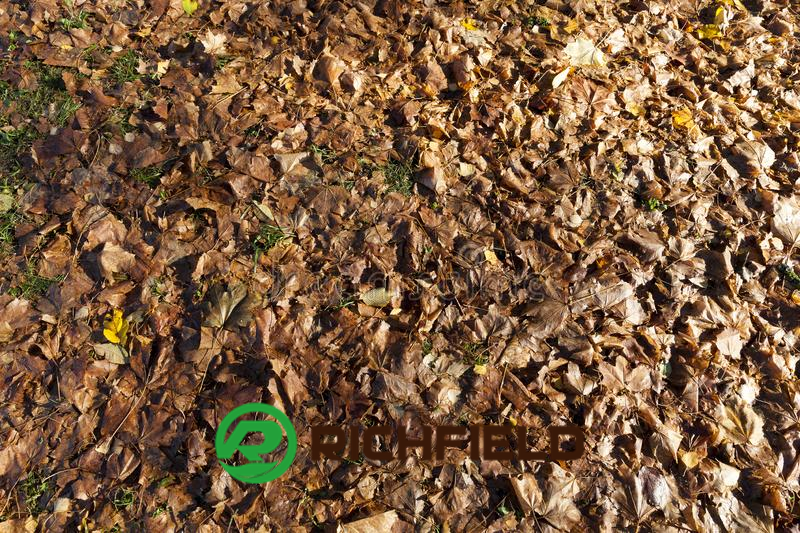
When plants and animals die, their molecules become available in soil for use by other organisms. Bacteria, fungi, protozoa, earthworms, and even insects consume the fresh material. After long periods of time, when the decaying matter has been eaten and transformed through several cycles, what remains is a sturdy material that resists further decomposition, called humus. (This process is referred to as "humification".)
Humus is a general term that refers to highly complex, stable compounds that are resistant to further decomposition. And humus consists of three components--humic acids, fulvic acids, and humin.
Humic and fulvic acids have proven invaluable for healthy soil environments, particularly for their contributions to soil structure and the transfer of nutrients between the soil and plants.






